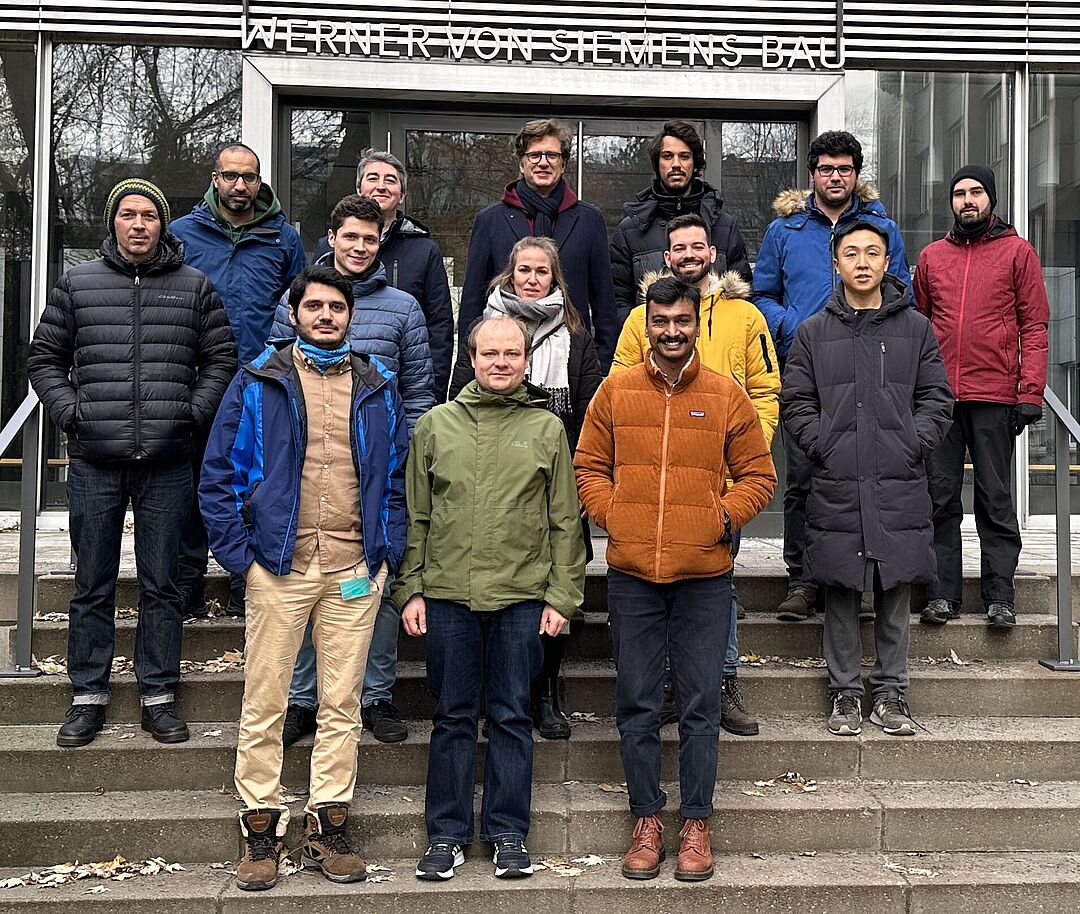Fachgebiet Netzwerk-Informationstheorie

Über uns
Am Lehrstuhl Netzwerk-Informationtheorie, der von Prof. Stanczak geleitet wird, konzentrieren wir uns auf die Erforschung und Entwicklung neuer Technologien für künftige Generationen drahtloser Netzwerke. Wir erforschen nicht nur die Theorie, sondern auch die Umsetzung dieser Technologien in praktische Systeme. Es besteht eine enge Zusammenarbeit mit der Abteilung Drahtlose Kommunikation und Netze am Fraunhofer Heinrich-Hertz-Institut.
Ein wichtiges strategisches Ziel der Forschungsarbeit ist die Entwicklung neuartiger Technologien für Mobilfunknetze der sechsten Generation (6G). Wir sind hauptsächlich an Methoden für die unteren Schichten des Protokollstapels interessiert, einschließlich der Untersuchung und Entwicklung von KI-basierten Online-Algorithmen für robuste Funkzugangssysteme. Um diese Arbeit zu unterstützen, sind wir immer auf der Suche nach klugen Köpfen. Daher können Sie sich jederzeit per E-Mail mit Ihren Bewerbungsunterlagen an uns wenden.
Aktuelles
Aktuelles
Postalische Anschrift
Technische Universität Berlin
Fachgebiet Netzwerk-Informationstheorie
Fakultät IV
Sekr. HFT 6-1,
Einsteinufer 25
10587 Berlin
Sekretariat
Kerstin Reinhardt
Sekr. HFT 6-1
Einsteinufer 25
10587 Berlin
Tel.:+ 4930 31002 702
e-mail query
Lehrveranstaltungen
Winter-/ Sommersemester
Wir bieten englischsprachige Lehrveranstaltungen in den Themenbereichen Maschinelles Lernen, Drahtloskommunikation und Signalverarbeitung an. Bitte informieren Sie sich auf unserer englischsprachigen Website.
